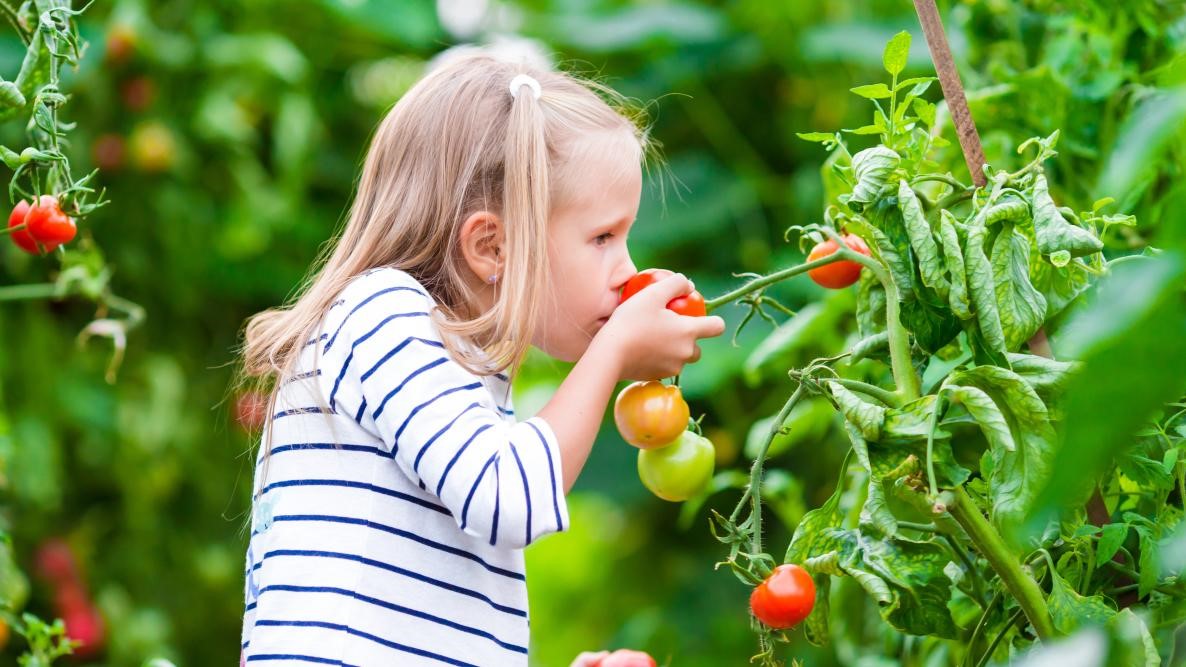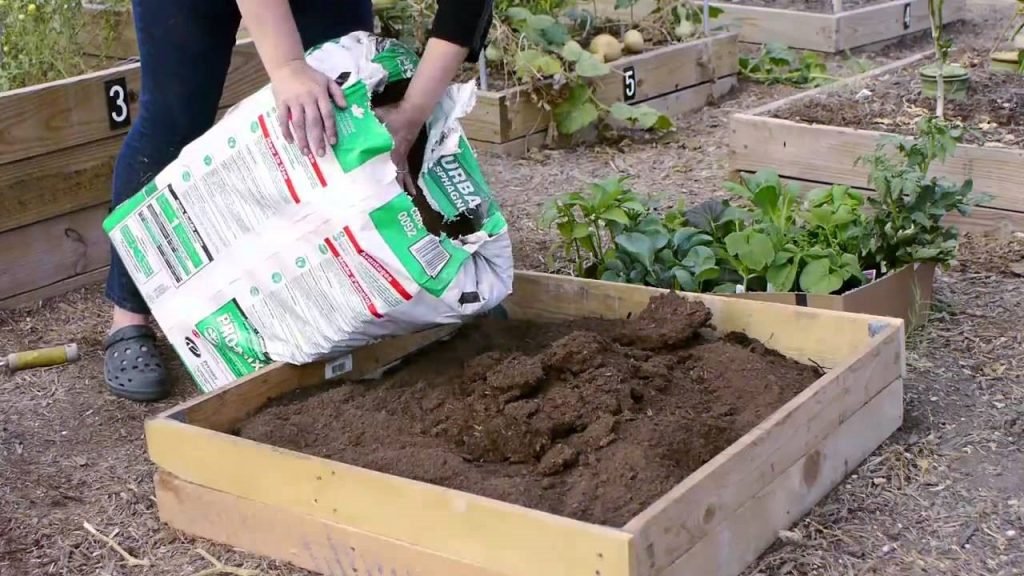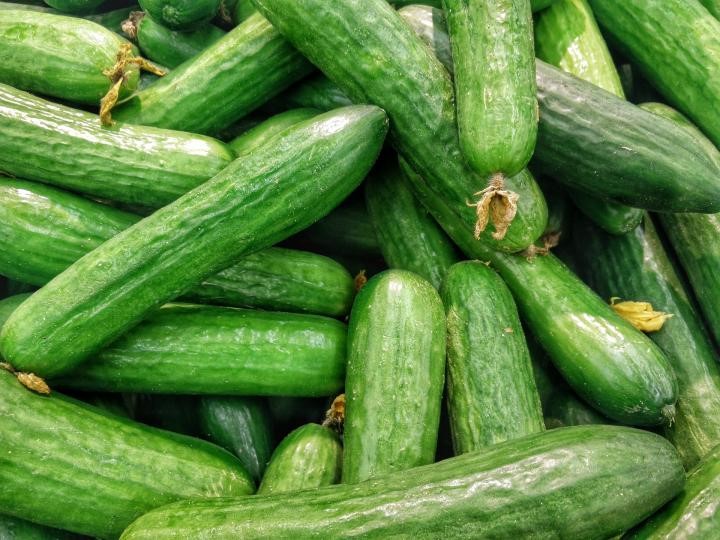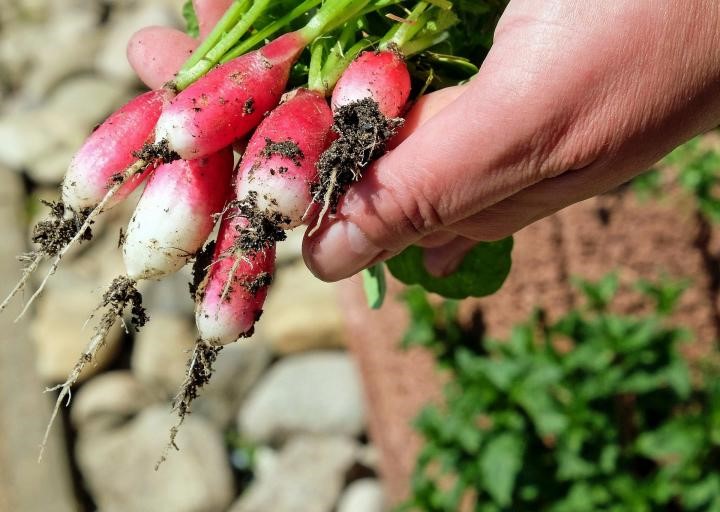
Beginners guide to starting a vegetable garden
Have you ever considered gardening? The benefits are numerous, one of them being the ability to savour the tastiest vegetables and fruits you’ve ever had. Garden-fresh produce boasts a unique blend of juicy flavours and textures that will undoubtedly leave you amazed. Growing your own vegetables is an experience that cannot be compared to any other.
Although it may seem overwhelming initially, gardening is a fulfilling hobby that can offer a lot of satisfaction. In this article, we will explore the fundamentals of vegetable gardening and planning. We’ll discuss how to choose the ideal garden site, how to create a garden of the appropriate size, and how to determine which vegetables to grow.
How to start a vegetable garden
Selecting an ideal location for your garden is crucial to ensure the production of high-quality vegetables. Follow these tips to choose a good site and start your garden:
Sun-drenched area: Most vegetables require 6 to 8 hours of direct sunlight daily. While some leafy vegetables can survive in partial shade, it’s best to choose a spot that receives ample sunlight.
Well-draining soil: If you have soil that tends to retain water and doesn’t drain well, consider planting vegetables in a raised bed or a raised row to improve drainage. Soil that remains wet for an extended period can lead to rotted roots. If you have rocky soil, remove the stones to promote root growth and produce stronger plants.
Steady and sheltered: Avoid windy locations that can damage your young plants and hinder pollination. Also, stay away from areas that flood quickly or receive excessive foot traffic. Choose a location that’s stable, sheltered, and safe for plant growth.
Fertile soil: The soil is the foundation for plant growth. Nutrient-poor soil will produce unhealthy plants. To improve the quality of your soil, mix in organic matter that will nourish and sustain your plants.
By following these guidelines, you’ll create an optimal environment for growing your garden and reaping the benefits of delicious, fresh produce.
Choosing a Plot Size: Start Small!

Keep in mind that a small garden that you can manage with ease is better than a larger one that leaves you feeling overwhelmed. It’s a common mistake for beginners to plant too much too soon, resulting in an abundance of produce that they cannot consume or store. To avoid ending up with a surplus of vegetables, plan your garden wisely. Begin with a modest-sized garden and plant only what you and your family will consume. Don’t take on more than you can handle, or you may end up with an excess of zucchinis, which you’ll have to store in your attic. So, start small, and be selective in your choices.
Size of Garden
When planting a garden, it’s essential to choose a manageable size, depending on your planting method. For in-ground gardens, a 10′ x 10′ plot (100 square feet) is a reasonable size, and you can select 3 to 5 of your favorite vegetables and buy 3 to 5 plants of each type.
If you’re using a raised bed, a 4′ x 4′ or 4′ x 8′ is an excellent beginner size. If you’re confident and want to go bigger, a 12′ x 24′ garden in the ground is likely the most substantial size for a first-time gardener.
Suppose you’re planting a garden that feeds a family of four. In that case, you could consider 3 hills of yellow squash, a mound of zucchini, 10 assorted peppers, 6 tomato plants, 12 okra plants, and a 12-foot row of bush beans.
Regardless of the garden size, ensure that every four feet, you have paths to access your plants for weeding and harvesting. Remember to avoid stepping on the soil and make sure you can easily reach the center of the row or bed.
Choosing Vegetables

If you’re new to gardening, it’s best, to begin with, for easy and productive vegetables. We’ve compiled a list of ten such vegetables below, but it’s also a good idea to contact your state’s Cooperative Extension Service to determine which plants thrive in your region. Keep in mind that some vegetables may struggle in areas with extreme heat or cold, so it’s crucial to choose plants that are suited to your climate.
Top 10 Easy Vegetables to Grow at Home
- Lettuce
- Green beans
- Radishes
- Tomatoes (bush variety or cherry are easiest)
- Zucchini
- Peppers
- Beets
- Carrots
- Chard, Spinach, or Kale
- Peas
5 tips for choosing vegetables:
- When selecting vegetables to grow, consider your own and your family’s preferences. Plant what you know you will eat and enjoy. Don’t go through the trouble of growing something that won’t be appreciated.
- It’s important to plant only as much as you can handle. Over planting will only result in more work for you, and possibly wasted produce. If you end up with an excess of veggies, you can always share them with family, and friends, or donate them to a local food bank.
- Consider which vegetables are readily available in your area. You might want to try growing something unique instead of a common vegetable you can easily buy at the grocery store. And don’t forget the benefits of growing your own lettuce, tomatoes, and herbs – nothing compares to their fresh flavours.
- Remember that growing plants require attention and care throughout the growing season. If you are planning a summer vacation, consider growing cool-season crops that thrive in spring or fall, or make arrangements for someone to tend to your garden.
- Invest in high-quality seeds to ensure the best possible yield. While seed packets may be less expensive than buying individual plants, it’s important to select quality seeds to ensure successful germination and growth. Spending a little extra on good seeds will ultimately pay off in a bountiful harvest.
Starting a new vegetable path
Organic gardening is a popular and sustainable option for growing vegetables without relying on harmful chemicals.
https://www.ncbi.nlm.nih.gov/pmc/articles/PMC5658984/
By using natural methods and techniques, you can have a thriving vegetable garden that is not only healthy for you and your family but also for the environment. One of the key principles of organic gardening is to nourish the soil, which is the foundation of a healthy garden. This can be achieved by using compost and other organic matter to improve soil structure, water retention, and nutrient levels. Other methods of maintaining a healthy garden include crop rotation, intercropping, and companion planting, which help to reduce pests and diseases while increasing biodiversity. In addition, you can use natural pest control methods such as handpicking insects, using insecticidal soaps and oils, and introducing beneficial insects. If you don’t have access to an outdoor space for a vegetable garden, there are still options available. Container gardening, hydroponics, and indoor gardening are all viable options for growing organic vegetables without chemicals. With a little bit of planning and effort, you can enjoy the benefits of organic gardening and have a bountiful harvest of delicious and healthy vegetables.

Where and When to Plant
If you’re planning to grow more than just a couple of tomato plants, there are a few things to consider. Firstly, you’ll need to plan out where each plant will go in your garden. Secondly, it’s important to determine the appropriate planting time for each vegetable.
Tips for planting vegetable for beginners
It’s important to understand that not all vegetables are planted at the same time. Vegetables like lettuce, broccoli, and peas, which grow best in cooler temperatures, should be planted in early spring or fall. On the other hand, vegetables such as tomatoes, peppers, and cucumbers, which thrive in warm weather, should only be planted in late spring or summer when the soil is warm.
When deciding where to plant your vegetables, keep in mind that tall plants like pole beans and sweet corn should be planted on the north side of your garden, so they don’t cast a shadow over shorter plants. If your garden has areas with unavoidable shade, plant small, cool-season vegetables that can tolerate low-light conditions.
Annual vegetables need to be replanted each year. But if you plan on growing perennial crops like asparagus, rhubarb, or certain herbs, make sure to designate permanent beds for them.
Keep in mind that some crops mature quickly and have a short harvest period, like radishes and bush beans. Meanwhile, other crops, like tomatoes, take longer to produce but also have a longer harvest period. The “days to maturity” information on seed packets will help you plan your planting schedule accordingly.
To have a continuous harvest, stagger your plantings. Avoid planting all your lettuce seeds at once, or you’ll end up with too much to harvest at the same time. Plant in batches a few weeks apart to have a steady supply throughout the growing season.
What is vegetable garden summary
A vegetable garden outside is an outdoor space specifically designated for growing vegetables. It can range from a small container garden on a balcony to a large plot of land in a backyard. Vegetable gardens outside provide a source of fresh produce that can be harvested at peak ripeness and used in meals. Not only is gardening a satisfying hobby, but it also promotes healthy eating and reduces the carbon footprint by reducing the need to transport produce long distances. Growing vegetables outside also allow for organic gardening, using natural methods to control pests and diseases without the use of harmful chemicals. With proper planning and care, a vegetable garden outside can be a bountiful source of fresh, healthy produce throughout the growing season.
By subscribing to our newsletter, ruthforeverhealth.com/newsletter you’ll get access to content monthly, around wellness, tips on a variety of topics weight loss, stress management, food ingredients, tasty recipes ideas and human and pet health and more.
We believe that a healthy lifestyle is essential for both our physical and mental well-being and we’re committed to helping you achieve that lifestyle through our newsletter.
